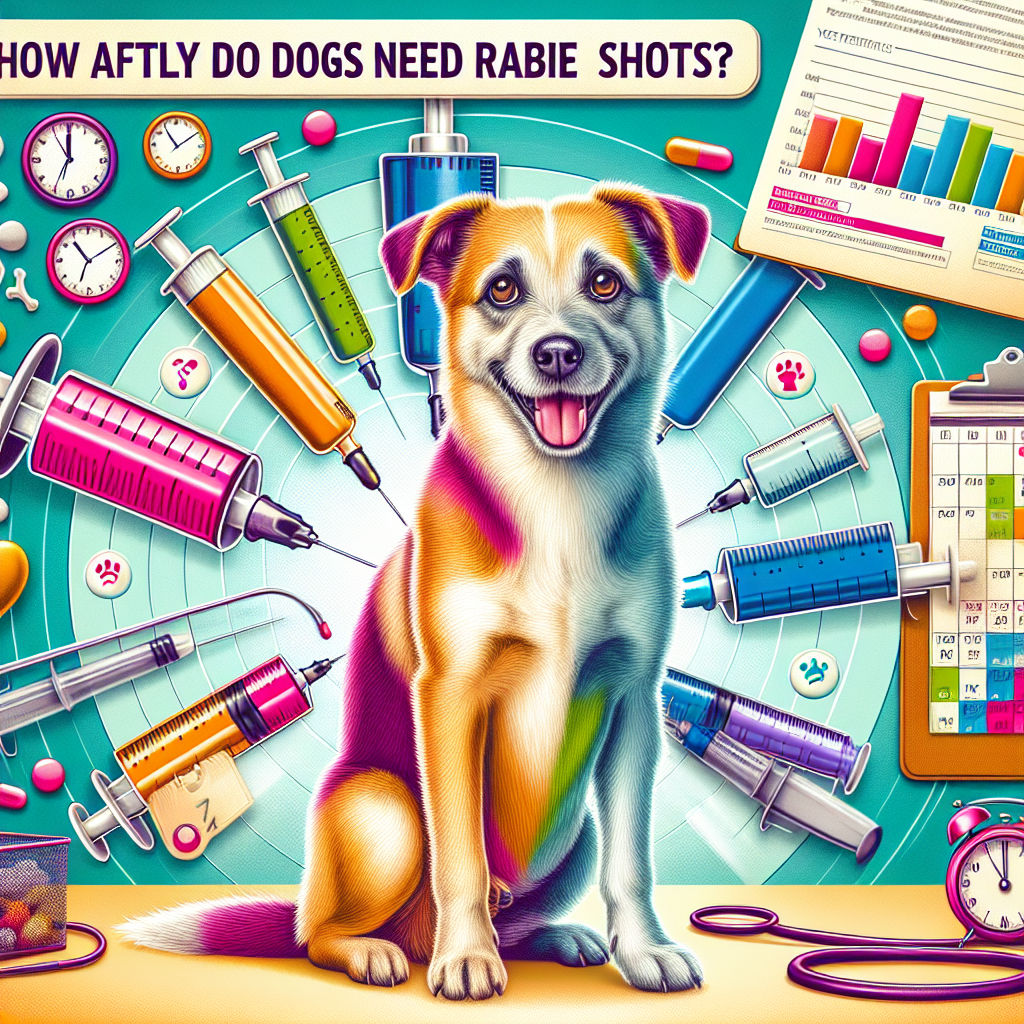Dogs are often regarded as humans’ best friends, and as such, many owners want to share their meals with them. This leads to questions about which human foods are safe and suitable for dogs. One of the more common inquiries is whether dogs can eat pork. This article will explore the various aspects of feeding pork to dogs, including safety concerns, preparation methods, and health benefits.
Is Pork Safe for Dogs?
Raw vs. Cooked Pork
When it comes to feeding pork to dogs, there is a significant distinction between raw and cooked pork. Raw pork can pose serious health risks to dogs, chiefly due to the potential for parasites such as trichinella spiralis, which can lead to trichinosis. This parasitic infection can cause severe illness in both dogs and humans. Therefore, it is highly advisable to avoid giving raw pork to your dog.
Cooked pork, on the other hand, is generally safe for dogs when prepared properly. Cooking the meat thoroughly kills harmful bacteria and parasites, making it safer for canine consumption. However, it’s important to note that not all forms of cooked pork are healthy for dogs.
Prepared Pork Products
Many pork products, such as bacon, ham, and sausages, are often heavily processed and seasoned. These items can contain high levels of sodium, fat, preservatives, and spices, which may be detrimental to your dog’s health and can even lead to obesity and pancreatitis. Therefore, it is always best to serve lean cuts of pork that are free from additives, spices, and sauces.
Health Benefits of Pork for Dogs
Pork can offer several health benefits when served in moderation and prepared correctly:
-
Protein Source: Pork is a great source of high-quality protein, essential for a dog’s muscle development and overall health.
-
Vitamins and Minerals: Pork contains various vitamins and minerals, such as B vitamins (B6 and B12), zinc, and iron, which are essential for energy and maintaining a healthy immune system.
- Palatability: Many dogs find the taste of pork very appealing, making it an excellent choice for picky eaters or as an occasional treat.
Portion Control and Frequency
As with any treat, moderation is key. Pork should never make up more than 10% of your dog’s daily caloric intake, and it shouldn’t replace a balanced diet formulated specifically for dogs. Consider using small portions of cooked, unseasoned pork as an occasional treat or reward during training. If you’re introducing pork to your dog’s diet for the first time, monitor them closely for any adverse reactions such as gastrointestinal upset, including vomiting or diarrhea.
Potential Risks and Considerations
-
Fat Content: Pork can be fatty, particularly cuts like belly or shoulder. High-fat content can lead to pancreatitis, a painful and serious condition that inflames the pancreas. Always choose lean cuts and trim visible fat before serving.
-
Allergic Reactions: Just like humans, dogs can develop food allergies. If you notice any signs of an allergic reaction—such as itching, hives, or digestive issues—after feeding your dog pork, discontinue use immediately and consult your veterinarian.
- Bones: Cooked pork bones can splinter easily, potentially causing internal injuries. Always ensure that any meat you provide is boneless or that you only offer raw bones specifically designed for dogs under professional guidance.
Conclusion
In summary, dogs can safely eat pork, provided it’s cooked thoroughly and served as an occasional treat in moderation. Lean cuts, free from additives or seasoning, can offer health benefits, including quality protein and essential nutrients. Always be mindful of your dog’s specific dietary needs and consult your veterinarian if you are unsure about introducing new foods into their diet. By taking these precautions, you can safely share the joy of pork with your furry companion, adding variety to their culinary experience.





